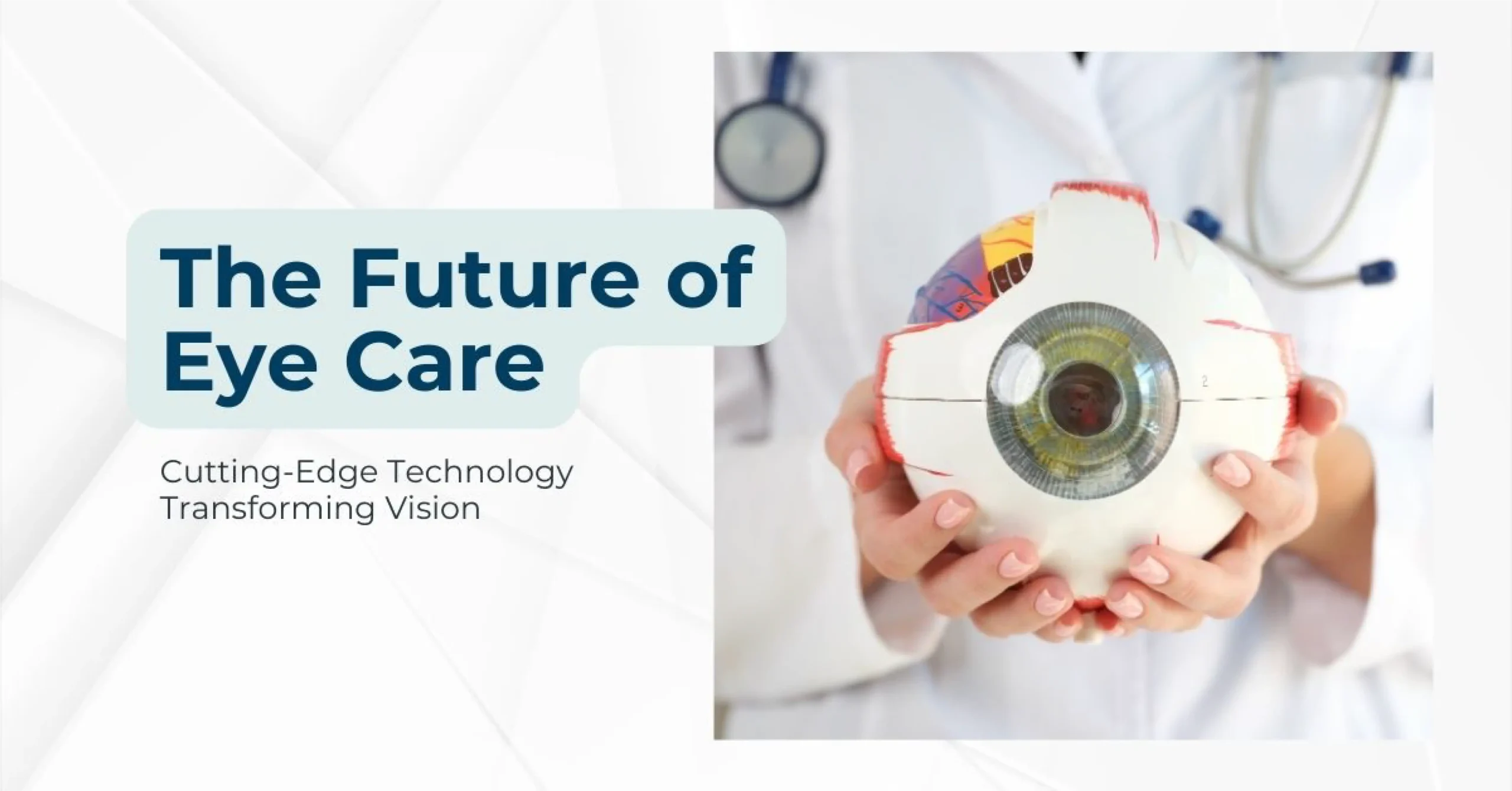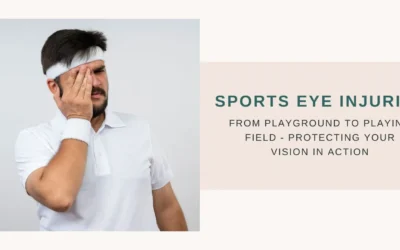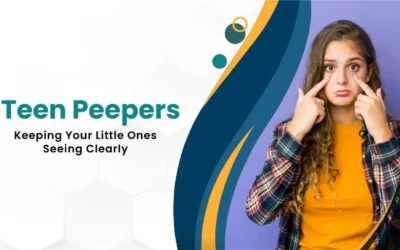Symptoms and Signs of Amblyopia: How to Recognize a Lazy Eye
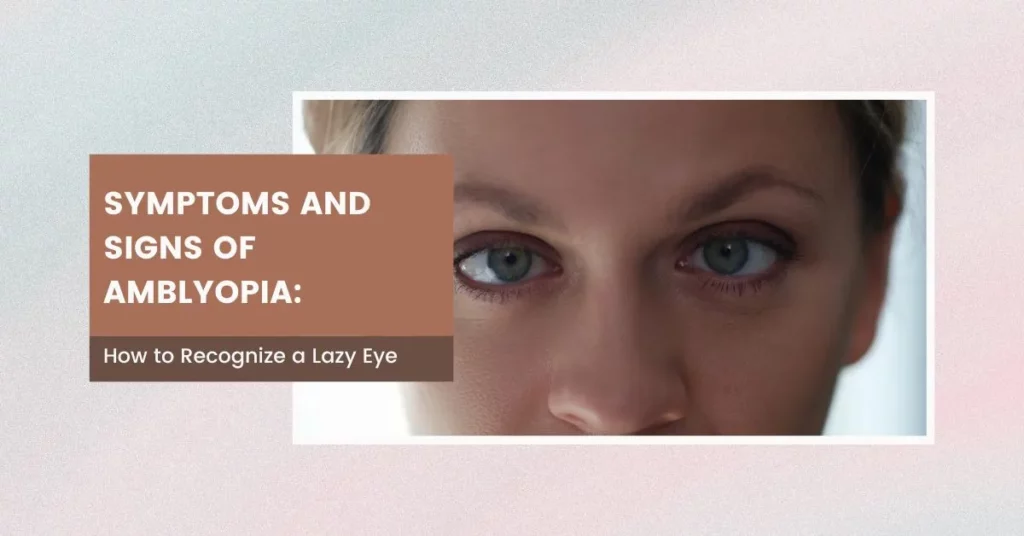
A vision problem called amblyopia, also referred to as “lazy eye,” typically appears in childhood. It occurs when the brain and eye do not work together correctly, leading to reduced vision in one eye. Early detection and treatment are crucial to prevent long-term vision problems.

Common Signs and Symptoms of Amblyopia:
- Strabismus: One of the most noticeable signs is when one eye turns inward or outward. This misalignment of the eyes can be constant or intermittent.
- Reduced Vision: Amblyopia leads to decreased vision in one eye. Your child may frequently bump into objects or have difficulty judging distances.
- Squinting or Closing One Eye: Children with amblyopia might squint or close one eye to see better. This is a clear indication that they are struggling with their vision.
- Poor Depth Perception: Amblyopia can affect a child’s ability to perceive depth accurately, challenging activities like catching a ball, or judging distances.
- Favouring One Eye: Children with amblyopia often prefer to use one eye over the other, which may be noticeable during play or other activities.
- Head Tilting: Some children may tilt their heads to view objects from a better angle, indicating difficulty focusing with both eyes.
- Difficulty Seeing 3D Images: If a child struggles to see 3D images or movies that require both eyes to work together, it could be a sign of amblyopia.
The Importance of Early Detection and Treatment:
Amblyopia is a treatable condition, especially when identified early. Eye specialists at Global Eye Hospital use advanced diagnostic tools and treatment methods to address amblyopia in children. The primary approach involves patching the stronger eye to encourage the lazy eye to work harder and develop better vision. Vision therapy may also be recommended to strengthen the eye muscles and improve binocular vision.
Treatments may vary for adults and those with severe amblyopia, including vision therapy and, in some cases, surgery.
Contoura Vision vs. LASIK:
While amblyopia primarily affects children, adults may also seek vision correction procedures. At Global Eye Hospital, we offer advanced vision correction options, including Contoura Vision and LASIK.
Contoura Vision is a customised vision correction procedure with precise and accurate results. It maps the unique corneal contours of your eye to provide exceptional vision quality.
LASIK is a popular laser eye surgery that reshapes the cornea to correct common vision problems like nearsightedness, farsightedness, and astigmatism.
Both procedures have advantages, and our experienced eye specialists can help you determine the best option for your vision needs.
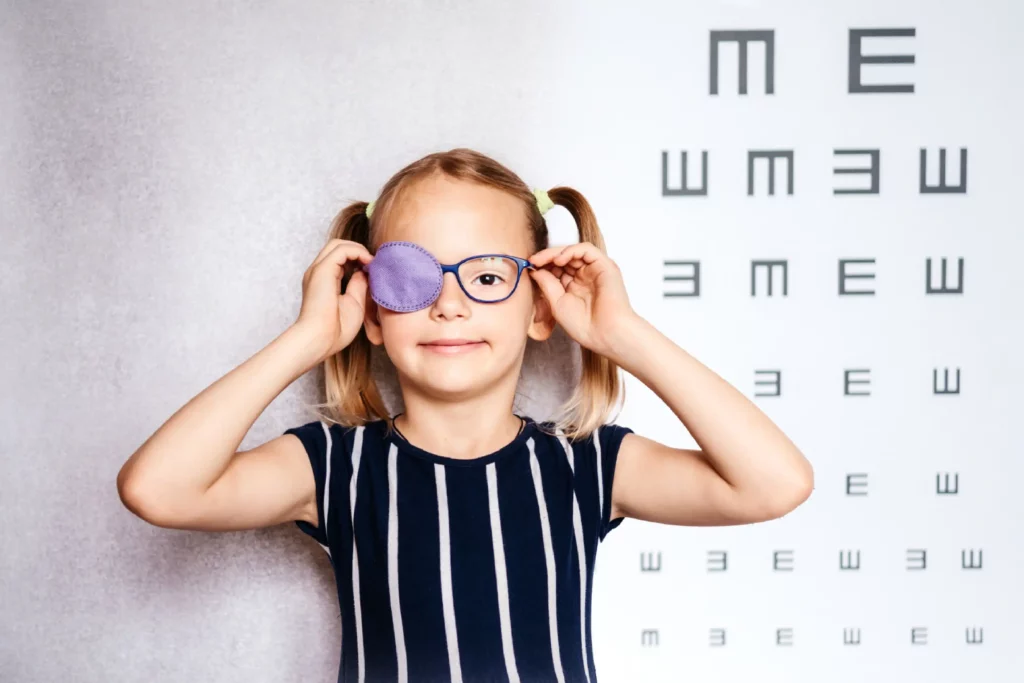
In conclusion, recognizing the signs and symptoms of amblyopia is crucial, especially in children. Early detection and treatment at Global Eye Hospital can prevent long-term vision problems and ensure a brighter, more transparent future.
Book your appointment now for all eye-related services.
Your Vision Our Focus
